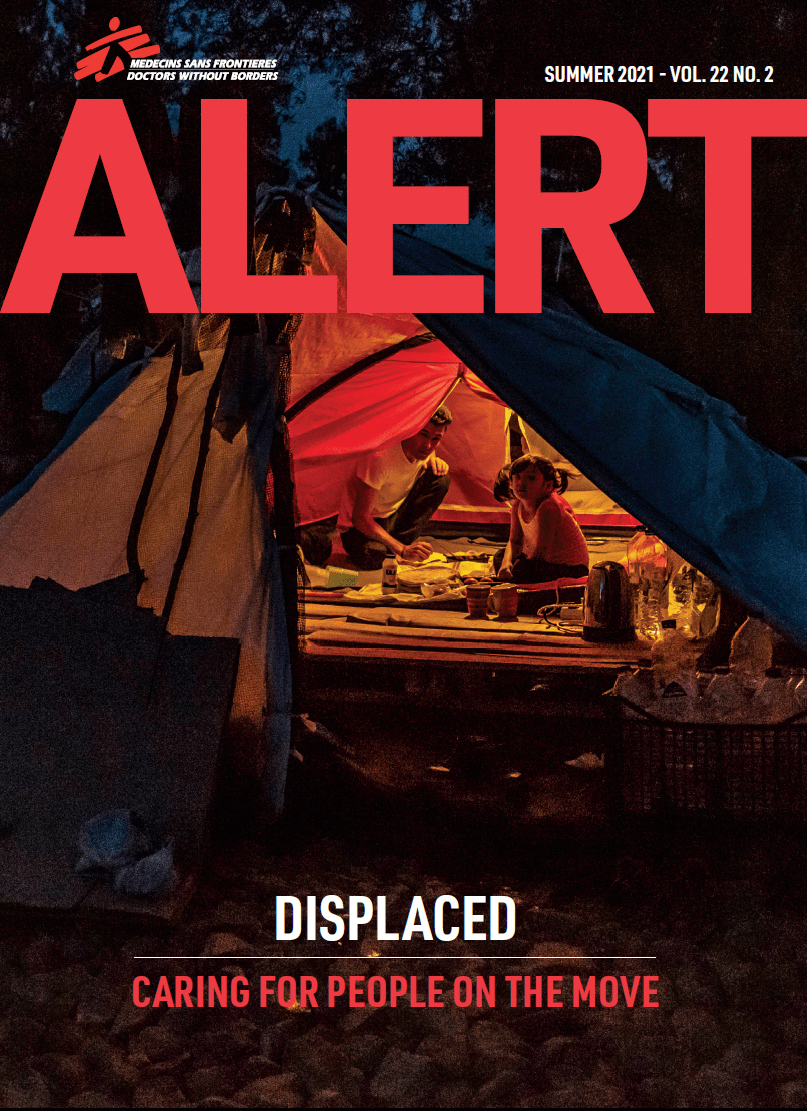Since its founding in 1971, Doctors Without Borders/Médecins Sans Frontières (MSF) has been caring for people uprooted by conflict, violence, and persecution. Over the decades our activities and strategies have evolved, but the fundamental goal remains the same: To provide lifesaving medical care and essential services to people forced from their homes, no matter who or where they are.
1971
MSF is founded in the wake of war and famine in Biafra, Nigeria, to deliver independent, impartial emergency medical care based solely on need.
1975
MSF establishes its first large-scale medical program along the Cambodian-Thai border to care for Cambodian people fleeing the Khmer Rouge regime.
1979
When the Soviet Union invades Afghanistan, MSF teams make a clandestine trip into the country from neighboring Pakistan to reach injured civilians in remote regions.

1982
MSF launches a project in Nam Yao refugee camp in Thailand, where refugees who fled Laos, Cambodia, and Vietnam had been arriving since 1975.
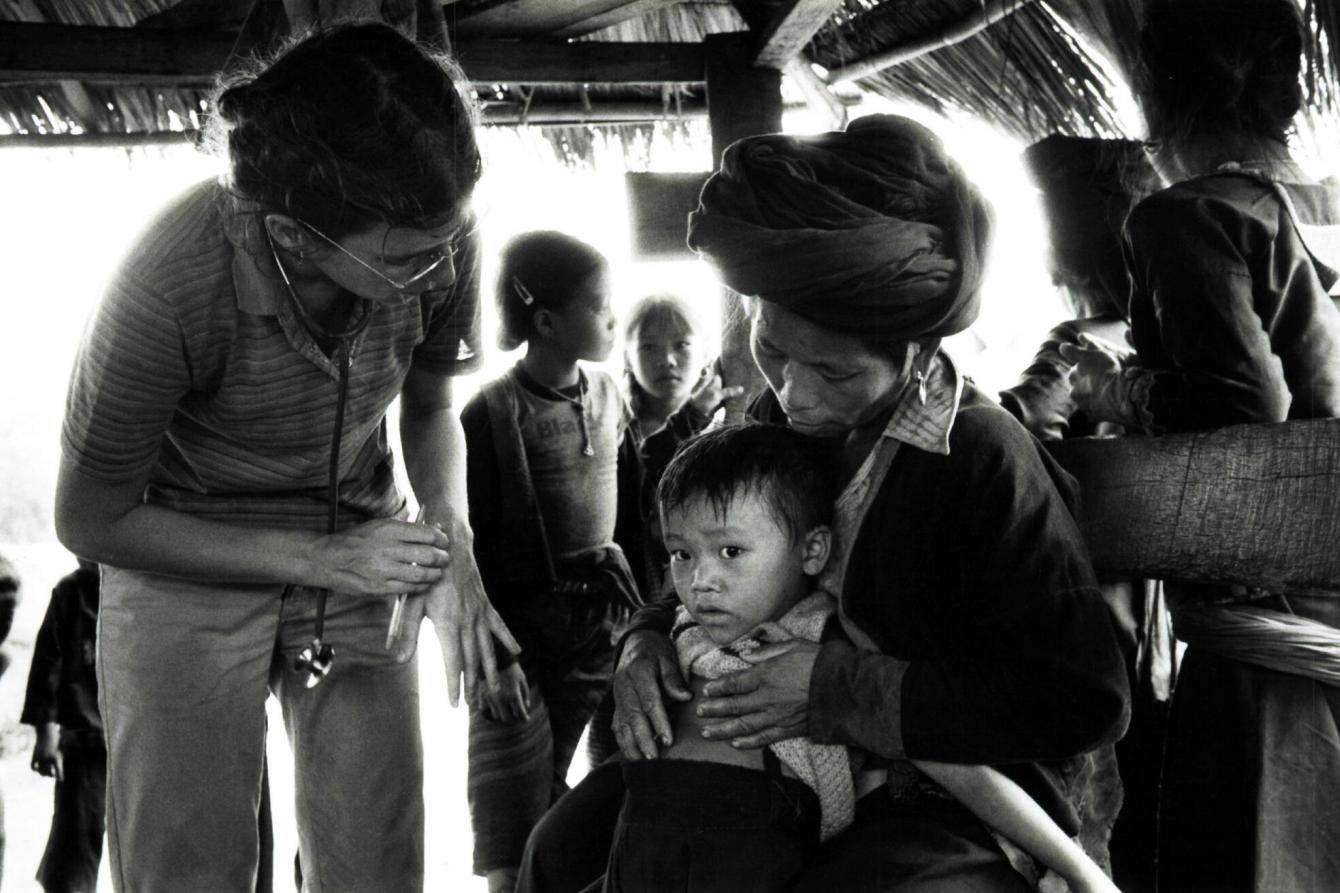
1990
MSF teams provide emergency care to refugees and others affected by Liberia’s civil war at the height of the conflict.
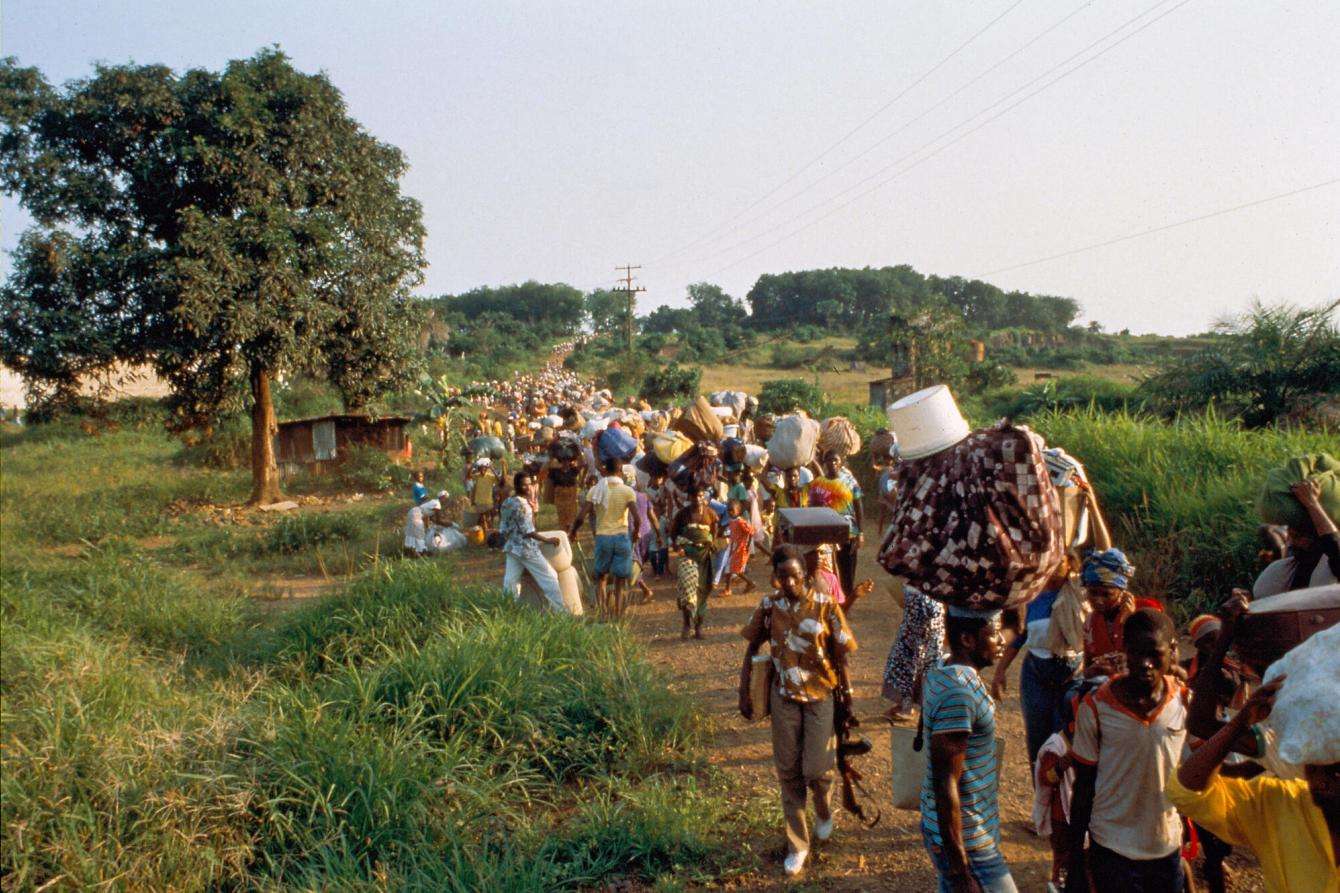
1991
MSF launches one of the largest interventions since its founding to help Kurdish people fleeing the Gulf War.
1992
MSF treats refugees fleeing ethnic violence in eastern Bosnia.
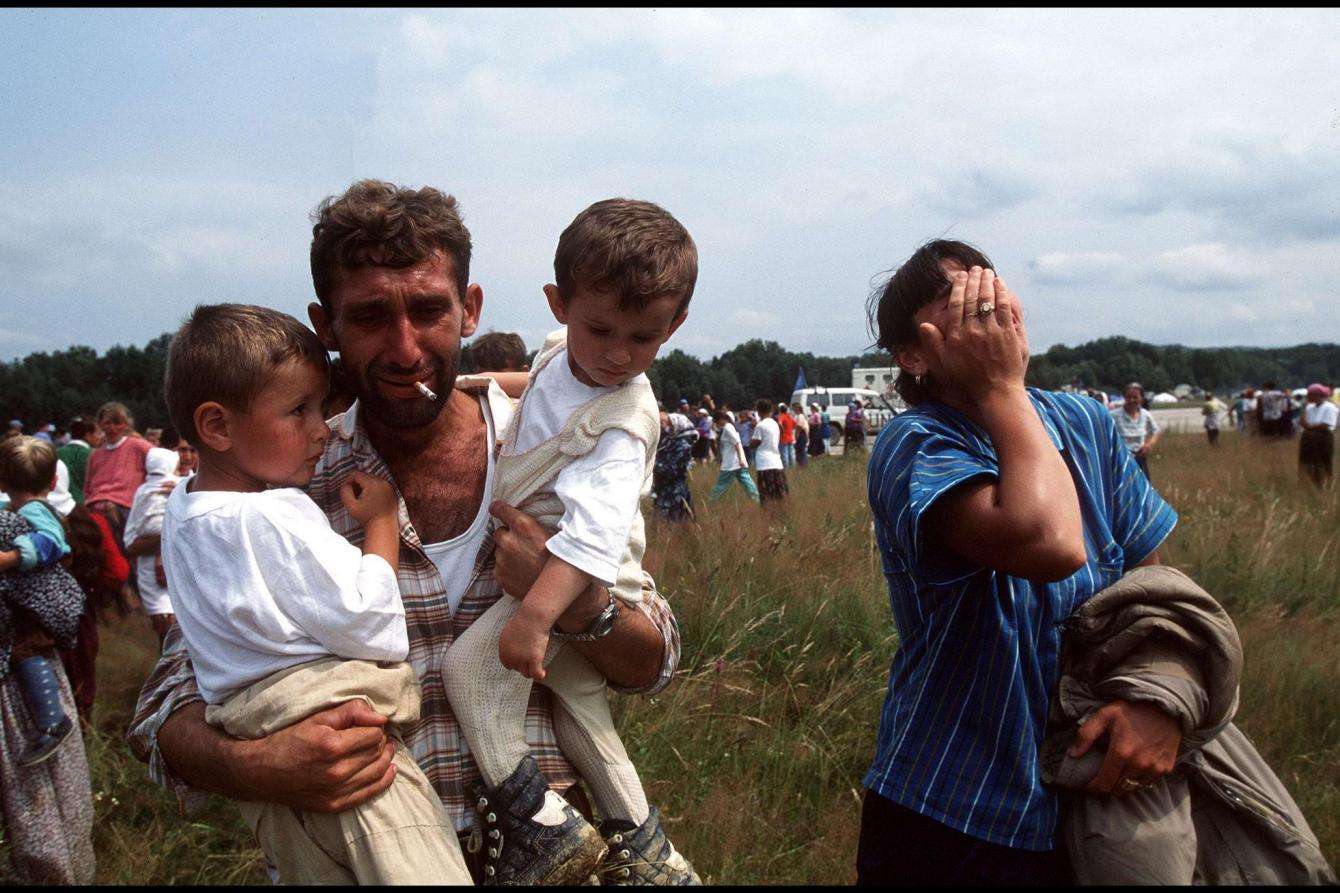
1994
MSF teams remain in Kigali throughout the Rwandan genocide and later help care for more than a million Rwandan refugees who fled to neighboring Democratic Republic of Congo.

1999
MSF provides humanitarian assistance to refugees fleeing crisis in Kosovo.
2000
MSF treats people wounded and displaced by Sierra Leone’s brutal civil war.
2003
Following the invasion of Iraq by a US-led coalition and resulting years of conflict, MSF cares for displaced people, both within Iraq’s borders and in other countries in the region.
2008
After Cyclone Nargis hits Myanmar, MSF teams already working in the country help thousands of people displaced by the storm.
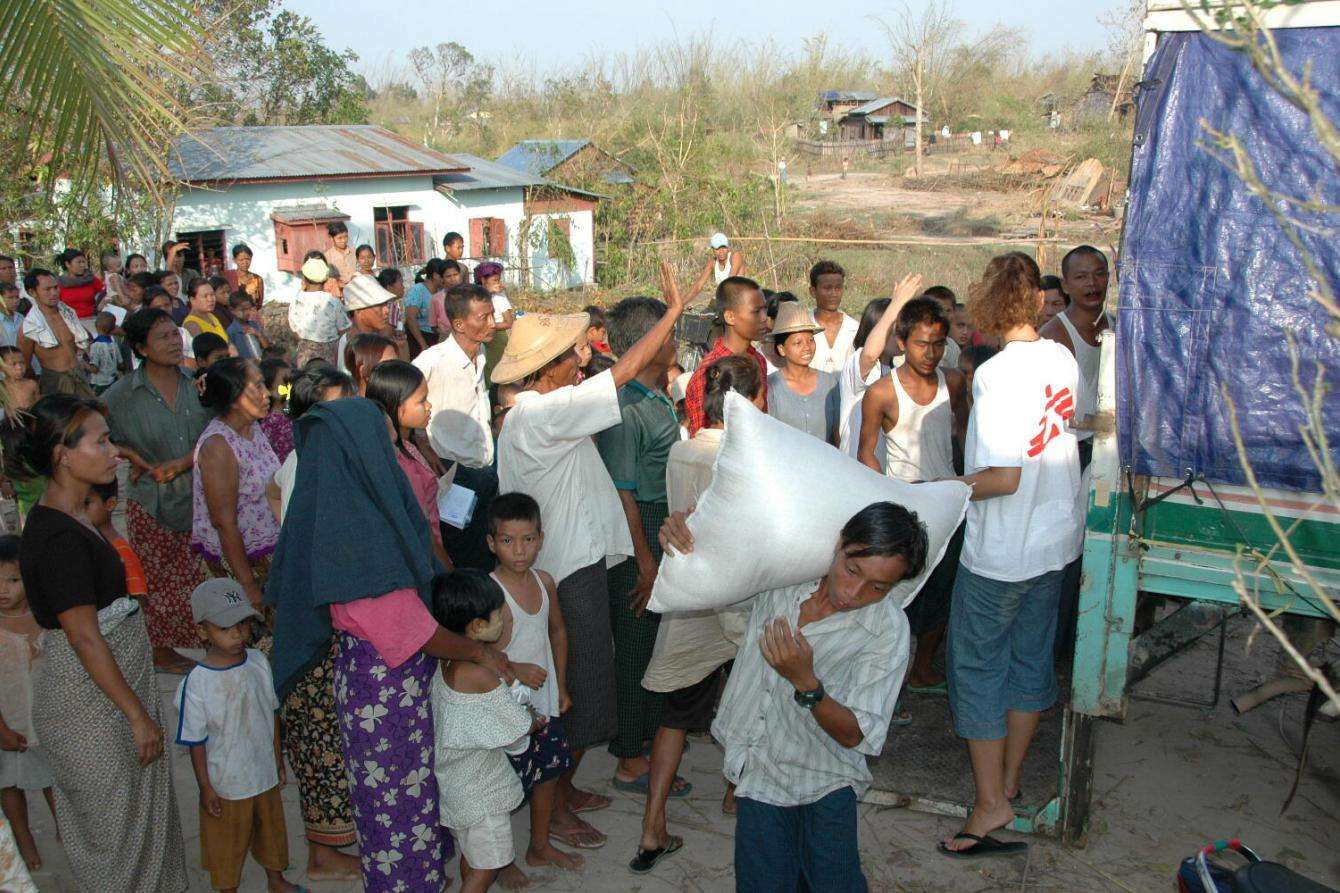
2011
Conflict breaks out in Syria after violent crackdowns on protests against the Assad regime. In the years that follow millions of people are displaced by the spiraling conflict, both within Syria and across the globe. MSF opens projects within Syria and for Syrian refugees in neighboring countries.
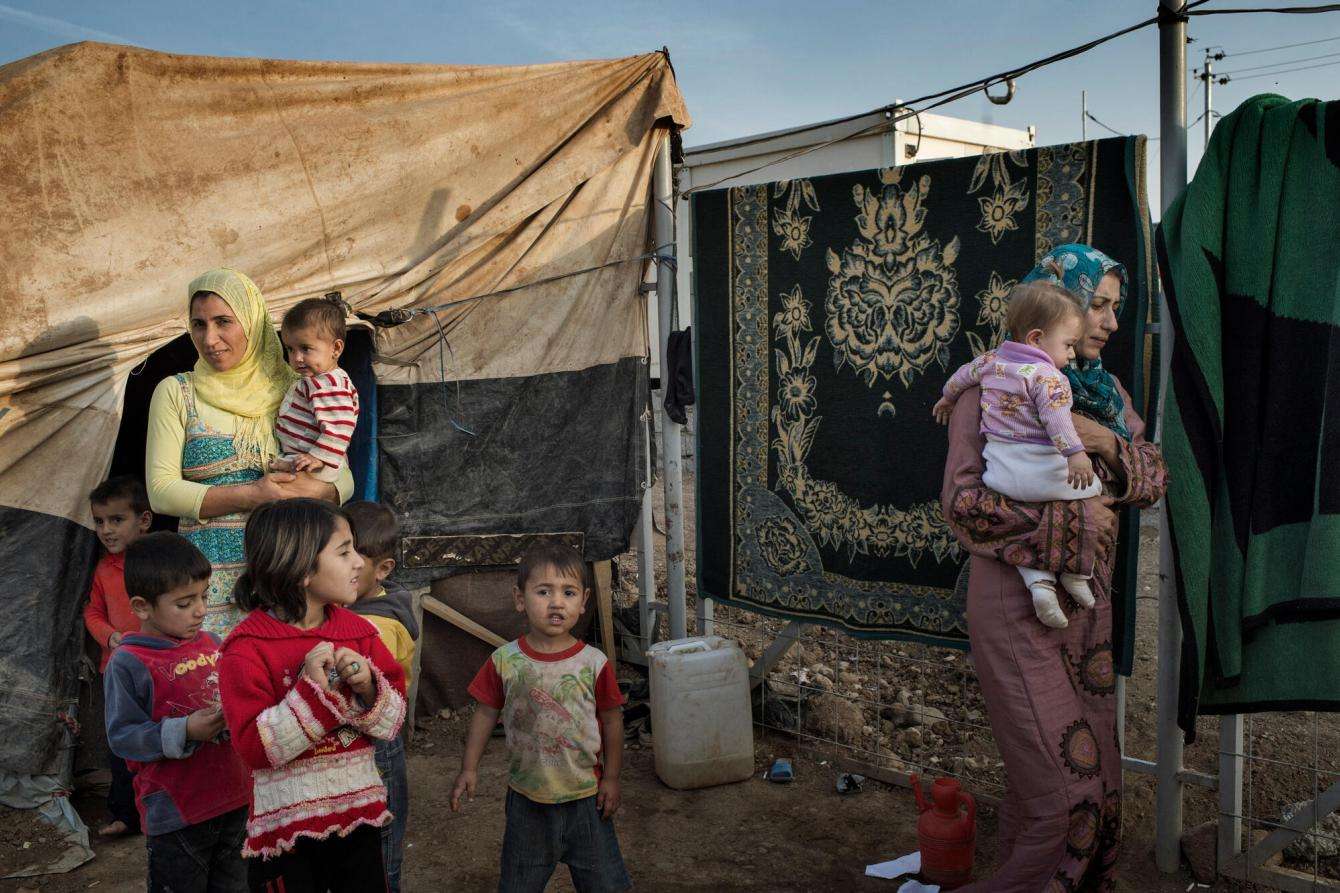
2016
In a historic move, MSF refuses funding from the European Union in protest of the EU-Turkey deal, a restrictive immigration rule that forces refugees and migrants arriving to Europe through the Greek islands “irregularly” to return to Turkey.
2017
More than 650,000 Rohingya people flee targeted violence in Myanmar, crossing the border into Bangladesh. They join hundreds of thousands more who were already living in the massive refugee camps of Cox’s Bazar. MSF expands existing projects in the area to help.

2018
In June, 630 vulnerable refugees and migrants are rescued on the Mediterranean Sea by MSF and SOS Mediterranée. Spain finally agrees to take them after they are denied entry to the nearest safe ports in Malta and Italy.

2021
MSF calls on the new US administration to build a safe and humane migration policy. We are urging officials to immediately rescind a harmful order known as Title 42, which exploits the COVID-19 pandemic to essentially close the US-Mexico border, blocking migrants and asylum seekers and expelling them directly back to Mexico or their countries of origin.

